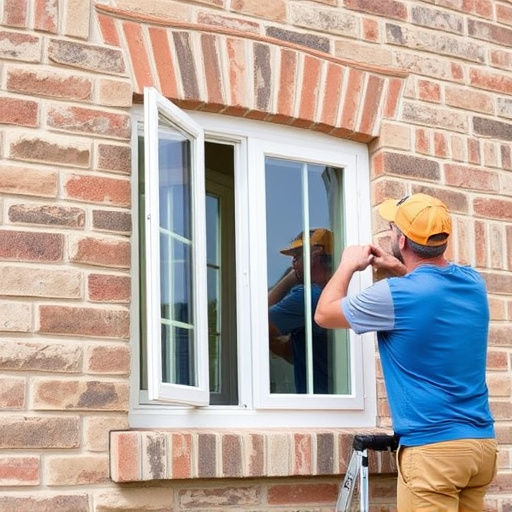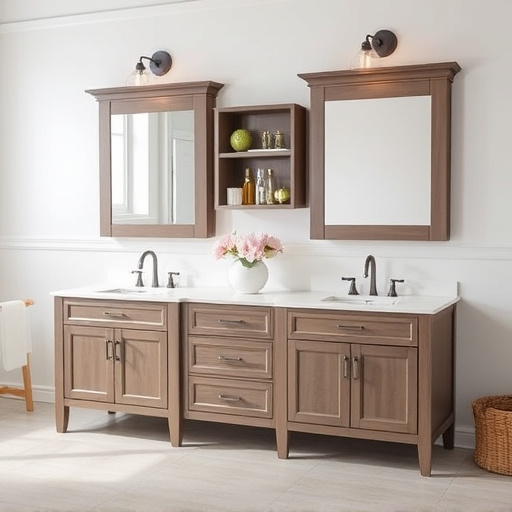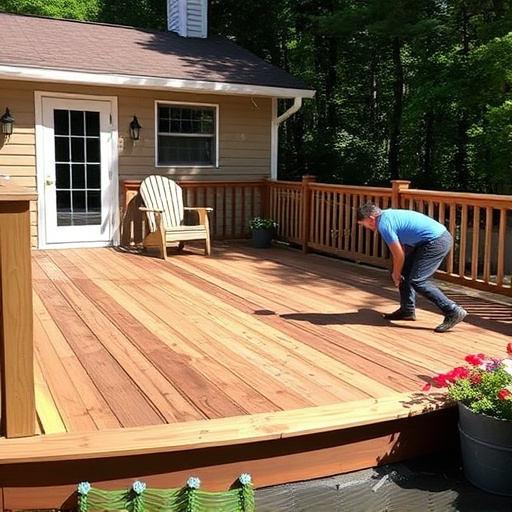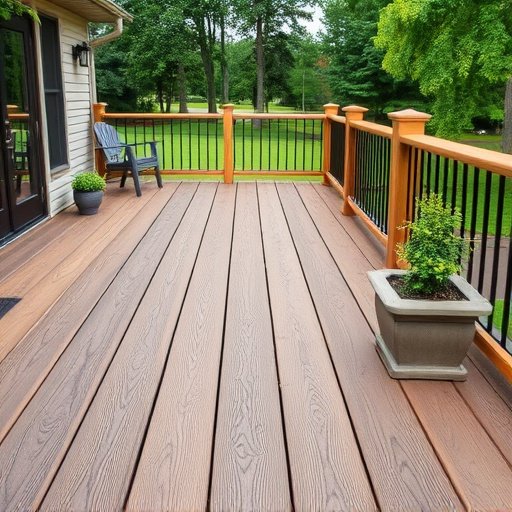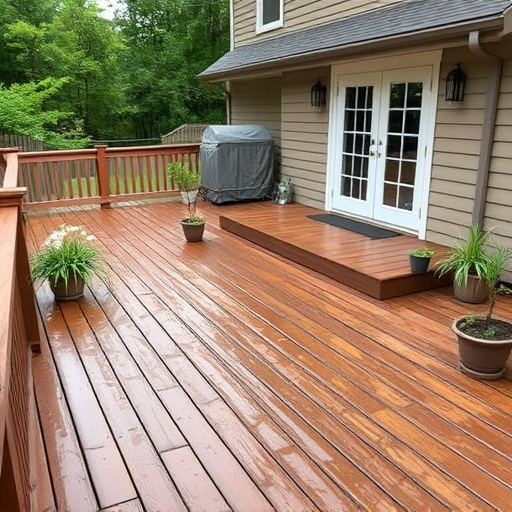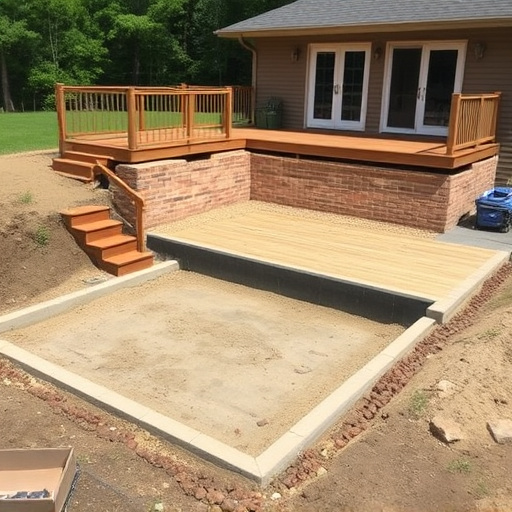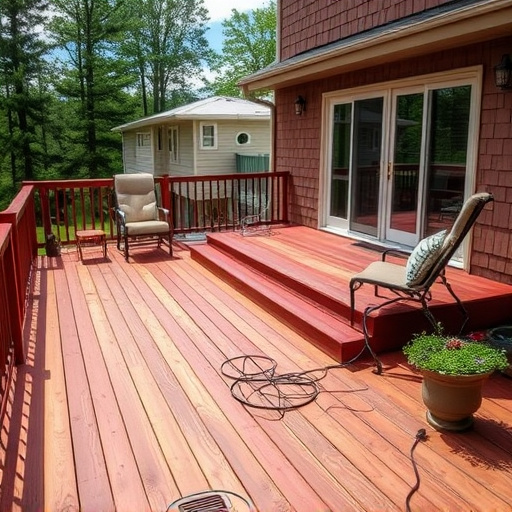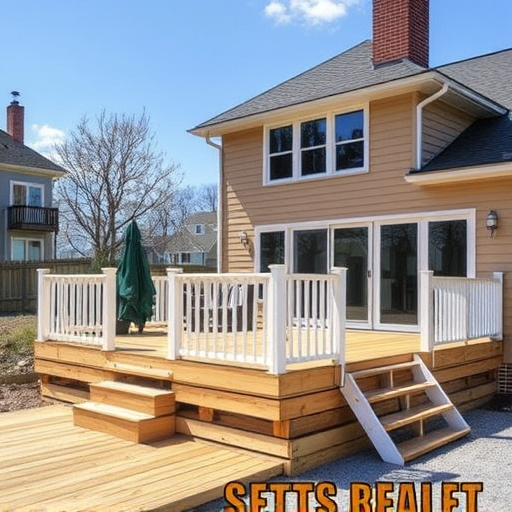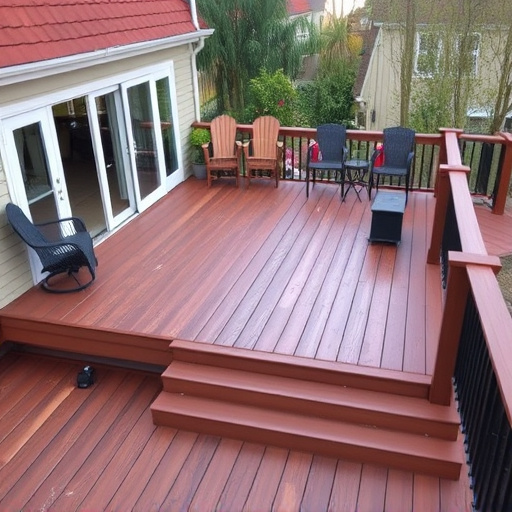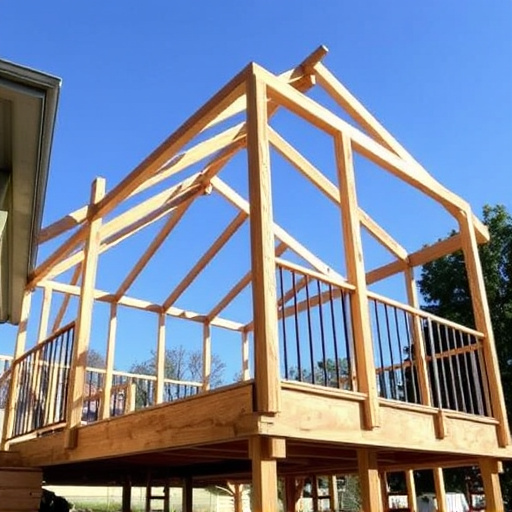Selecting materials for a deck design is crucial, considering climate, structural integrity, and aesthetics. Natural wood requires maintenance in humid regions, while metal or composite offers durability but lacks warmth. Researching regional conditions and design goals ensures a robust, visually appealing deck with minimal future siding or roofing issues. Prioritize weather-resistant, low-maintenance materials like high-quality composite or synthetic wood, protect with finishes, and complement with suitable siding/roofing for optimal deck design.
Finalizing your deck design is an exciting step, but it’s not without potential pitfalls. Avoid common mistakes by prioritizing key aspects. This article guides you through essential considerations, ensuring a functional and aesthetically pleasing outdoor space. We explore crucial elements like choosing durable, low-maintenance materials, integrating safety features seamlessly, and achieving the perfect balance of form and function in your deck layout. Discover tips to create a harmonious deck design that enhances your outdoor living.
- Choosing the Wrong Materials
- – Understanding the impact of material selection on deck durability and aesthetics
- – Tips for selecting weather-resistant and low-maintenance materials
Choosing the Wrong Materials
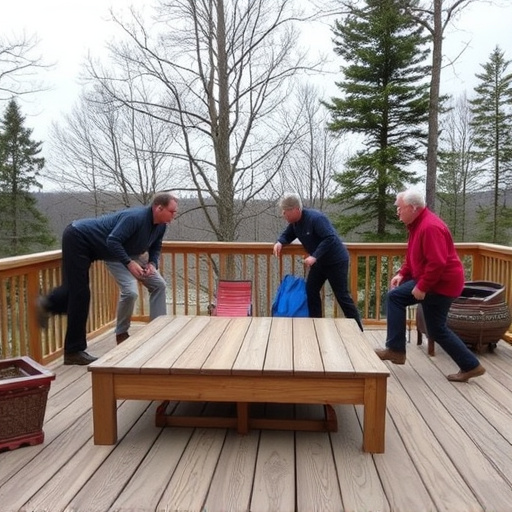
When finalizing your deck design, one common pitfall to avoid is selecting the wrong materials. The suitability of materials for your deck depends on factors like climate, structural integrity required, and aesthetic preferences. For instance, using untreated wood in humid regions may lead to rot and necessitate costly siding repairs or even siding replacement sooner than expected. Metal or composite decking might be more durable but could lack the warmth and appeal of natural wood, requiring specialized roofing services for unique installation needs.
Therefore, it’s crucial to research and choose materials that align with your region’s conditions and design vision. Considering long-term maintenance and structural integrity alongside initial aesthetics will ensure a robust and aesthetically pleasing deck that stands the test of time, avoiding problems down the line related to siding or roofing.
– Understanding the impact of material selection on deck durability and aesthetics
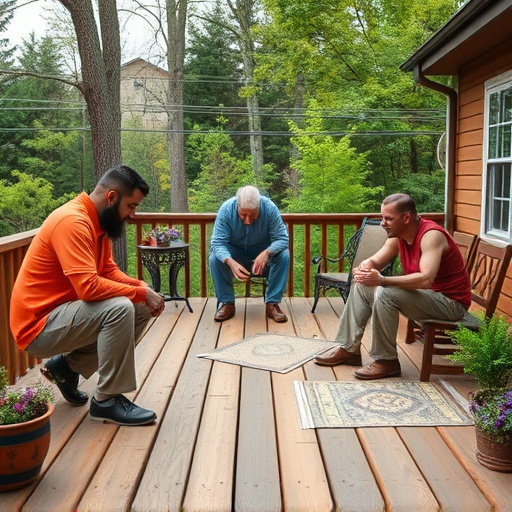
When finalizing your deck design, one crucial factor to consider is the selection of materials, as it significantly influences both the durability and aesthetics of your deck. The wrong choice can lead to premature wear and tear, requiring costly storm damage repair or even complete commercial roofing replacements down the line. Different materials offer varying levels of resistance to elements like sun, rain, snow, and extreme temperatures, affecting their longevity. For instance, composite decking is known for its durability against rot and insect damage, making it a popular choice for both residential and commercial properties. On the other hand, natural wood decks demand regular maintenance to prevent warping, splitting, and fading, which can be a time-consuming and expensive process.
Aesthetically, materials play an equally important role in defining your deck’s look. Some options blend seamlessly with surrounding landscapes, while others offer vibrant colors and unique textures that make statements. Consider the overall style of your home or building when making material choices—from traditional to modern designs, different materials can complement or clash with existing architecture and decor. Remember, a well-planned deck design starts with understanding how material selection impacts both structural soundness and visual appeal, ensuring long-lasting beauty and functionality that requires little to no extra roofing services over time.
– Tips for selecting weather-resistant and low-maintenance materials
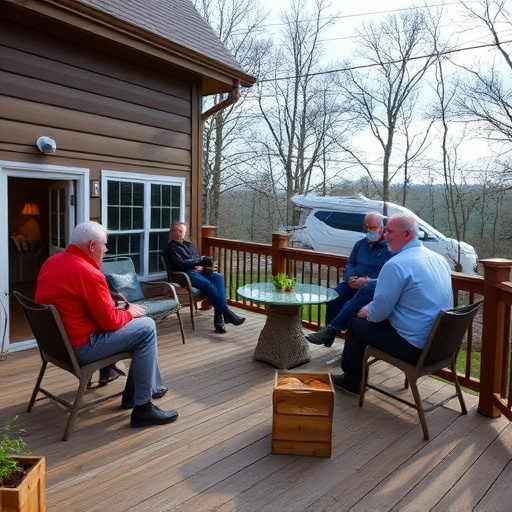
When finalizing your deck design, selecting suitable materials that are both weather-resistant and low-maintenance is a crucial step to ensure longevity and ease in upkeep. Opt for high-quality, durable decking options such as composite or synthetic wood alternatives, which offer superior resistance to rot, mold, and pest damage compared to traditional wooden decks. These materials mimic the look of natural wood while requiring minimal maintenance, saving you time and money in the long run.
Moreover, consider incorporating weatherproof finishes and protective coatings to further shield your deck from environmental elements. Regular cleaning and routine inspections are still essential, but with the right materials and finishes, you can extend the lifespan of your deck and maintain its aesthetics. Additionally, exploring siding replacement or roofing solutions that complement your deck design can enhance the overall curb appeal and value of your home, ensuring your outdoor living space remains a relaxing and low-maintenance oasis.
When finalizing your deck design, avoid common pitfalls by carefully considering material choices. Opting for weather-resistant and low-maintenance options ensures a durable and aesthetically pleasing deck that requires less upkeep. Remember, the right materials can make all the difference in creating a vibrant outdoor space that becomes the centerpiece of your home.

